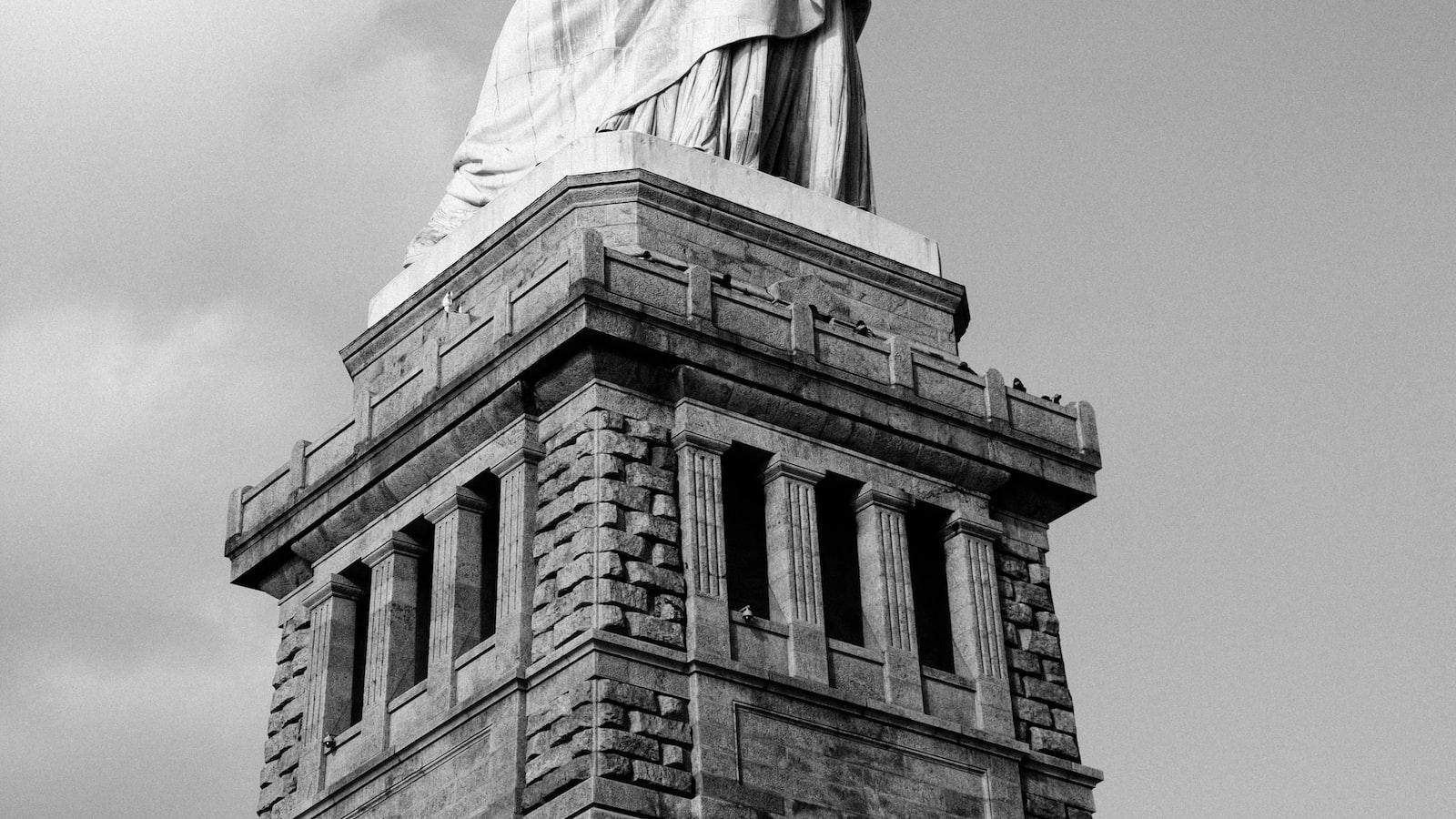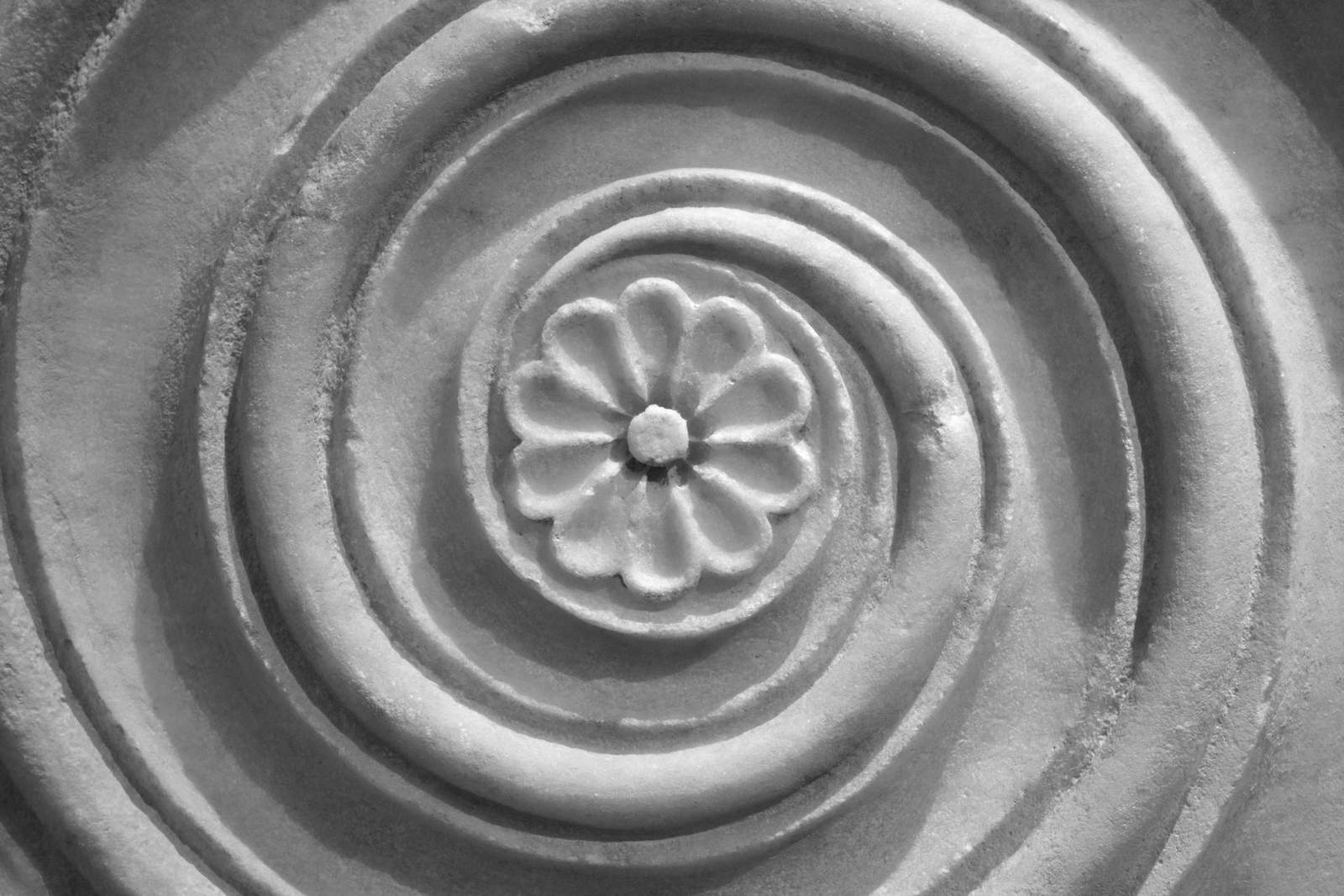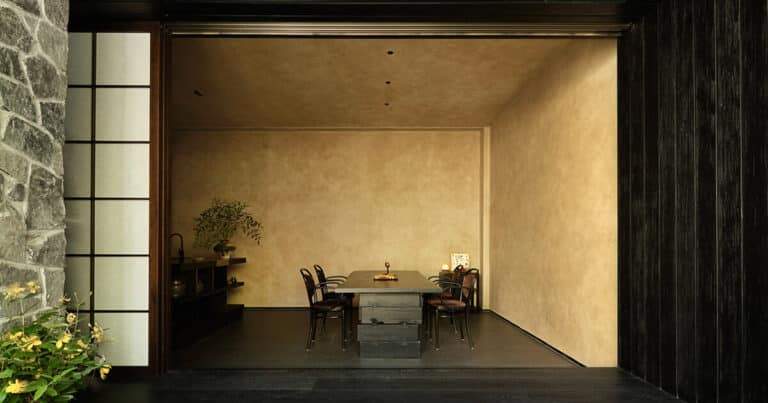The Fascinating Evolution of Modern Architecture:
Unveiling its Groundbreaking Designs, Technological Marvels, and Boundary-Pushing Concepts
Introduction
The world of modern architecture is a captivating one, marked by an extraordinary evolution that has brought forth groundbreaking designs, technological marvels, and boundary-pushing concepts. From the early 20th century to the present day, the ever-changing landscape of modern architecture continues to shape the way we live, work, and interact with our environment.
Breaking Historical Patterns
Emerging from the constraints of traditional architectural styles, modern architecture sought to break free from historical patterns and embrace innovative ideas. Architects such as Frank Lloyd Wright and Ludwig Mies van der Rohe introduced new concepts that emphasized simplicity, functionality, and a seamless integration of structures with their surroundings.
Technological Advancements
One of the defining characteristics of modern architecture is the utilization of cutting-edge materials and technologies. The advent of structural steel, reinforced concrete, and glass curtain walls enabled architects to design soaring skyscrapers that defied gravity and transformed city skylines forever. Architects like Le Corbusier and I.M. Pei pushed the boundaries of engineering possibilities and paved the way for future architectural marvels.
Embracing Functionalism
Functionality became a primary focus as modern architects sought to optimize space and reflect the needs of the rapidly changing society. The concept of form following function became a mantra, dictating the layout and design of buildings. This functionalist approach merged seamlessly with minimalist aesthetics, culminating in iconic structures like the Guggenheim Museum in New York City, designed by Frank Lloyd Wright.
Exploring New Forms
The evolution of modern architecture gave birth to daring and unconventional forms that challenged traditional norms. Architects like Zaha Hadid and Frank Gehry pushed the limits of design with organic shapes and flowing lines, creating architectural wonders such as the Guggenheim Museum in Bilbao and the Dancing House in Prague. These innovative designs not only captivate the eye but also redefine the possibilities of architectural expression.
Creating Sustainable Spaces
The evolution of modern architecture has also seen a growing emphasis on sustainability. With the pressing need to address climate change and reduce the environmental impact of buildings, architects have embraced green design principles. Concepts such as passive ventilation, renewable energy systems, and green roofs have become integral parts of modern architectural practice, creating spaces that harmonize with nature and minimize their carbon footprint.
The Impact on Society
Modern architecture has not only shaped the physical landscape but has also had a profound impact on society as a whole. The functionalist approach has influenced urban planning, with the creation of open spaces and pedestrian-friendly environments. Iconic structures have become symbols of cultural identity and tourism, attracting visitors from around the world.
Conclusion
The journey of modern architecture has been an awe-inspiring one, marked by groundbreaking designs, technological marvels, and boundary-pushing concepts. From breaking historical patterns to embracing functionality and sustainable practices, modern architecture continues to evolve and inspire. As we look ahead, one can only imagine the incredible creations and innovations that await us in the future.



